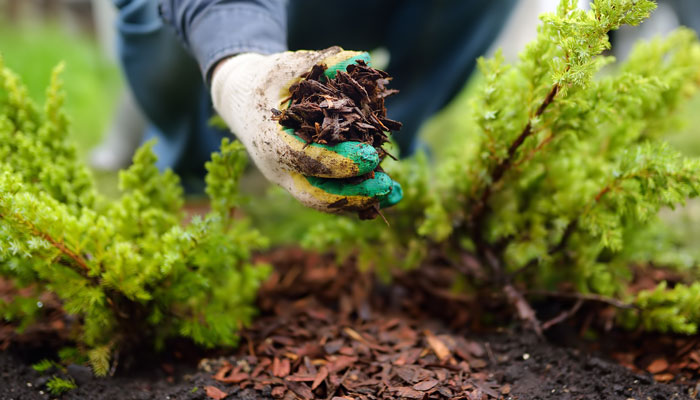What is a perennial plant and what are its benefits?
Perennials are plants that live year after year such as trees and shrubs which have significant life spans. Some trees and shrubs retain their foliage throughout the year, but most herbaceous perennials, including many flowering perennials, die back to the ground during the first fall freezes. During this time, the leaves, stems, and flowers die back to the ground, leaving a dormant root structure. Upon the advent of spring, new plant tops form and the cycle begins again.
What is a drought-tolerant plant and what are its benefits?
A drought-tolerant plant is one that can withstand periods of dryness and high temperatures with minimal irrigation. Drought-tolerant plants may be native or non-native.
Why select perennial or drought-tolerant plants?
- Lower maintenance– Perennials suited to our climate zone are adapted to the local conditions and require fewer inputs like fertilizer and water in order to thrive.
- Conserve water– Drought-tolerant plants can withstand periods of dryness and high temperature, meaning less water is needed for irrigation. Applying mulch around the plants will further help to conserve water.
- Support local wildlife biodiversity– native wildlife depend on the biodiversity of plants types to provide them with food and habitat.
- Prevents stormwater pollution – fewer inputs like fertilizers and pesticides are needed.
How to select the right plants for my yard
- Rebates are only provided for the purchase of plants that are identified on The City of Red Deer Qualifying Plants List (pdf) . This list includes plants that adapt well to Red Deer’s local conditions and that are low maintenance.
- When selecting plants and designing your yard consider the following:
- Location: does the location get full sun, partial shade, or lots of shade?
- Spacing: some plants grow high or spread out wide, plan the planting area for plant full maturity size.
- Soil texture: Red Deer’s soil can range from black loam to heavy clay. Consider adding mulch, compost, or conditioners (like manure, sand and perlite) to improve drainage and growing conditions.
- Soil pH and nutrient levels: some plants have specific pH and nutrient requirements. Select plants that can grow well in your soil’s current conditions.
- Climate: how hot and dry does your yard get during the growing season?
How to care for my plants
- Applying mulch around your plants has multiple benefits, including conserving water, preventing weed growth, preventing soil erosion, and improving soil quality. Apply a layer of 2 to 4 inches of mulch, approximately 3 inches from the base of the plant. Apply for a mulch rebate today.
- Plants require more water during their first year, to ensure that the root system is strongly established. Water 1-2 times per week spring and fall months, and 2-3 times per week during the summer months of July and August. Use rainwater to water your plants. Apply for a rain barrel rebate today.
